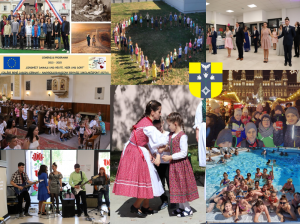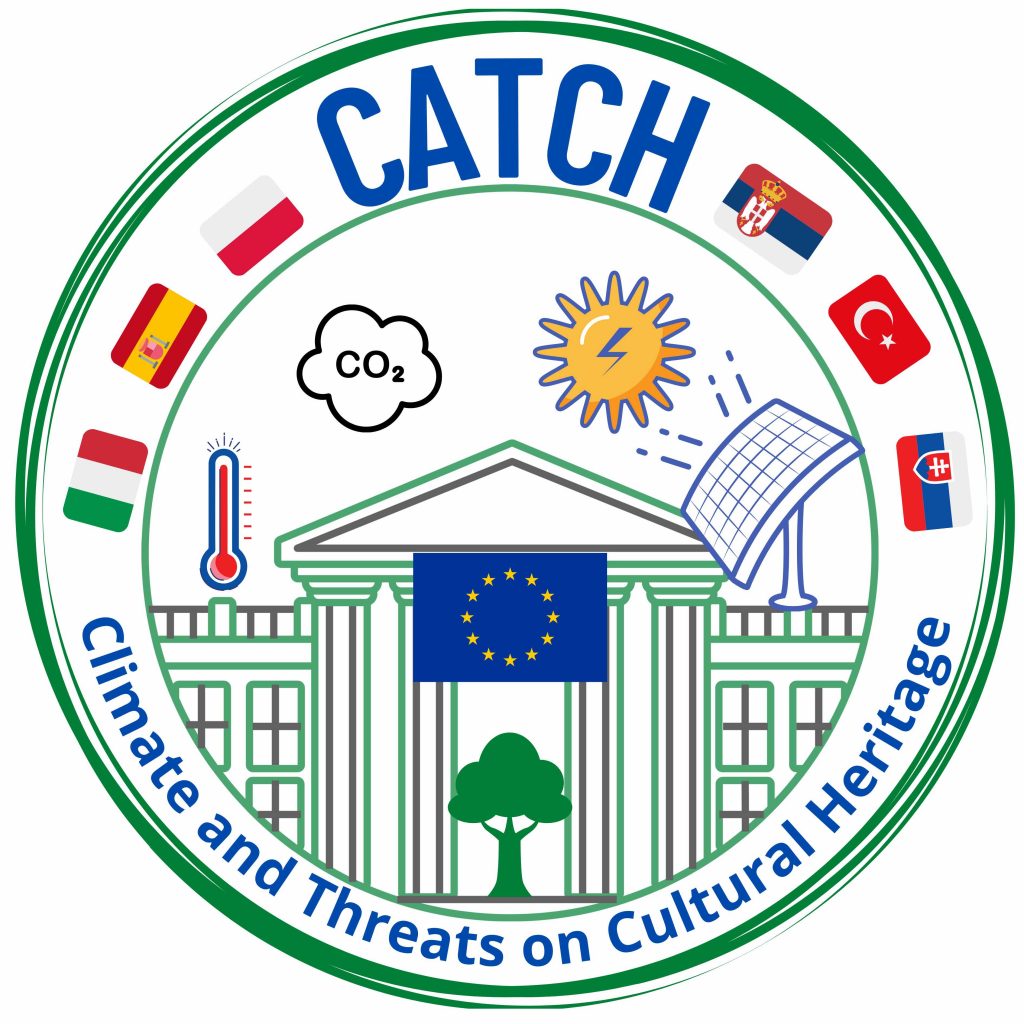Slovak School
Cirkevná spojená škola Panny Márie (Kolárovo, Slovakia)
The Cirkevná spojená škola Panny Márie (English: Virgin Mary Church School Centre) is located in Kolárovo, which is in the southern part of Slovakia. The town also has a Hungarian name – Gúta – as most of the inhabitants here are of Hungarian origin. The town has a population of almost 11,000.
The school centre consists of a kindergarten with 30 children and a primary school with 166 pupils, so the total number of students is 196. Our school has 33 teachers. Every subject is taught in Hungarian, but children have to learn to speak Slovak, which is the state’s official language. We put a great emphasis on the tuition of foreign languages: students can learn English, German and French.
The aim of our institution is to provide modern, useful and applicable knowledge, so our students can use their gained information in their everyday life. We consider it of high priority for our students to be able to continue their studies successfully, to acquire knowledge independently with the help of their basic knowledge.
There are children with special needs, who are helped by teacher aides or specialized teachers. We believe that it is important to incorporate the values of the Christian faith into our everyday activities. Our school offers classes of religious education and we regularly attend Holy Masses.
In addition to compulsory classes there is a great variety of extracurricular clubs, such as drama classes, sports clubs, handcraft, ICT, singing in a choir or a club in which children can learn about journalism. Our teachers continuously take part in further education in order to get to know the latest teaching methods resp. to develop their ICT- knowledge (so they can use new apps: e.g. Kahoot, Padlet).
Our school has been involved in a number of Slovak and international projects. Between 2013 and 2015 we joined a Comenius project that has had a positive impact on our school’s life. The coordinator of the project was our school. That project was carried out in German “Kindheit damals und heute, hier und dort” (“Childhood then and now, here and there”) and it compared the lives’ of children in the present and in the past through an example of a Western European (France) and a Central European (Slovakia) country.






